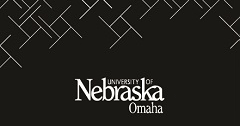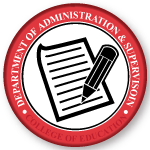Date of Award
12-2017
Degree Type
Dissertation
Degree Name
Doctor of Education (EdD)
Department
Educational Administration and Supervision
First Advisor
Dr. Kay A. Keiser
Abstract
Adolescence is a time when teenagers begin to develop a sense of self and the cultures they belong to. Literature is a societal artifact that can inform and influence the development of cultural identity. Deaf culture is unique because a person is not born into the culture, but can choose to become a member of the culture. This cultural group is underrepresented in young adult literature. This underrepresentation places more importance on accurate representations of Deaf culture since young adult fiction may be the only exposure to Deaf culture that both hearing and deaf teenagers may have.
This study analyzed 20 young adult novels published between 2000 and 2017. Each novel featured a deaf or hard of hearing teenager. A phenomenography approach with a qualitative content analysis method was utilized to inform a better understanding of the representation of deaf characters and Deaf culture within current young adult literature. Models of disability as established by Clogston (1990, 1991, 1993) and Haller (1995) were used to focus the coding analysis.
Two research questions were addressed. What model of disability do these books represent? What aspects of Deaf culture, communication issues, and societal issues are represented in young adult fiction? Results of the study determined the most prevalent model of disability represented was the traditional medical model. The coding also revealed themes surrounding Deaf culture, the issues in communication that deaf face, and societal issues surrounding the deaf.
Recommended Citation
Gangwish, Kimberly, "REPRESENTATION OF DEAF CHARACTERS AND CULTURE IN YOUNG ADULT FICTION" (2017). Educational Leadership Theses, Dissertations, and Student Creative Activity. 56.
https://digitalcommons.unomaha.edu/edleadstudent/56
Files over 3MB may be slow to open. For best results, right-click and select "save as..."


Comments
The author holds the copyright to this week and any reuse and permissions must be obtained from them directly.